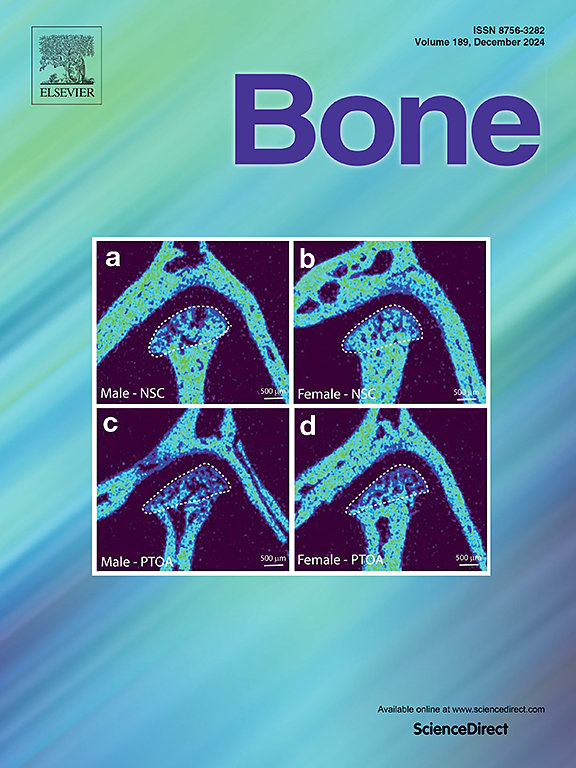骨组织工程的临床挑战-综述。
IF 3.5
2区 医学
Q2 ENDOCRINOLOGY & METABOLISM
引用次数: 0
摘要
骨组织工程(BTE)已成为解决创伤、感染、先天性畸形和肿瘤引起的大骨缺损的一种有前途的方法。本文综述了支架设计、细胞来源、生长因子和血管化策略,并强调了它们在开发有效治疗方法中的作用。我们探索平衡支架材料的机械性能、孔隙度和生物相容性的复杂性,以及优化间充质干细胞递送方法。生长因子在骨再生中的关键作用和对控制释放系统的需要进行了讨论。血管化仍然是一个重大障碍,诸如血管生成因子、共培养系统和生物打印等策略正在研究中。研究了机械挑战、组织反应和炎症管理,以及基因治疗通过病毒和非病毒传递方法增强骨生成和血管生成的潜力。该综述强调了患者特异性因素对骨愈合结果的影响以及个性化方法的重要性。未来的方向描述,强调跨学科合作的必要性,以推进BTE领域,并将实验室结果转化为临床可行的解决方案。本文章由计算机程序翻译,如有差异,请以英文原文为准。
Clinical challenges in bone tissue engineering - A narrative review
Bone tissue engineering (BTE) has emerged as a promising approach to address large bone defects caused by trauma, infections, congenital malformations, and tumors. This review focuses on scaffold design, cell sources, growth factors, and vascularization strategies, highlighting their roles in developing effective treatments. We explore the complexities of balancing mechanical properties, porosity, and biocompatibility in scaffold materials, alongside optimizing mesenchymal stem cell delivery methods. The critical role of growth factors in bone regeneration and the need for controlled release systems are discussed. Vascularization remains a significant hurdle, with strategies such as angiogenic factors, co-culture systems, and bioprinting under investigation. Mechanical challenges, tissue responses, and inflammation management are examined, alongside gene therapy's potential for enhancing osteogenesis and angiogenesis via both viral and non-viral delivery methods. The review emphasizes the impact of patient-specific factors on bone healing outcomes and the importance of personalized approaches. Future directions are described, emphasizing the necessity of interdisciplinary cooperation to advance the field of BTE and convert laboratory results into clinically feasible solutions.
求助全文
通过发布文献求助,成功后即可免费获取论文全文。
去求助
来源期刊

Bone
医学-内分泌学与代谢
CiteScore
8.90
自引率
4.90%
发文量
264
审稿时长
30 days
期刊介绍:
BONE is an interdisciplinary forum for the rapid publication of original articles and reviews on basic, translational, and clinical aspects of bone and mineral metabolism. The Journal also encourages submissions related to interactions of bone with other organ systems, including cartilage, endocrine, muscle, fat, neural, vascular, gastrointestinal, hematopoietic, and immune systems. Particular attention is placed on the application of experimental studies to clinical practice.
 求助内容:
求助内容: 应助结果提醒方式:
应助结果提醒方式:


